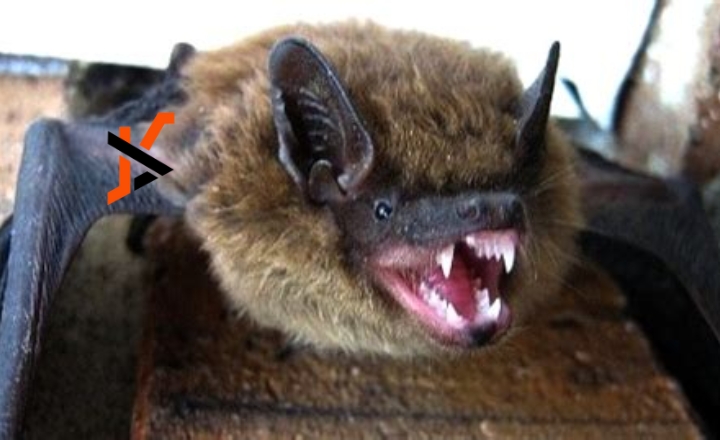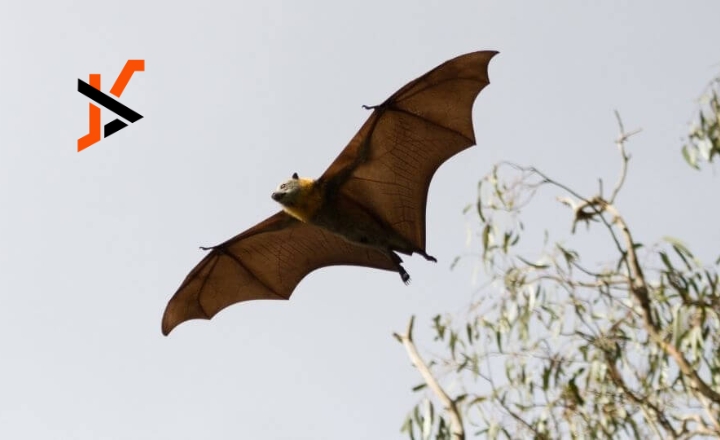Bats, often misunderstood creatures, play essential roles in our ecosystems, particularly in pest control and pollination. However, they can also pose health risks, especially if they feel threatened or cornered. One of the significant concerns regarding bats is the potential for bites, which can lead to serious health issues, including rabies.
This article aims to address the question: what does a bat bite look like? We will explore the physical signs of a bat bite, the implications of such injuries, and the necessary steps to take if bitten by a bat.
Understanding Bat Behavior and Bites
Before diving into the specifics of what does a bat bite look like, it is essential to understand bat behavior and the circumstances under which they may bite. Bats are generally not aggressive creatures; they typically avoid human contact. However, if a bat feels threatened or is handled improperly, it may bite as a defensive mechanism. This behavior is more common in species that roost in areas close to human habitation, leading to potential encounters.
Bats have sharp teeth designed for their diet, which primarily consists of insects, fruit, or nectar, depending on the species. A bite from a bat can vary in severity and appearance based on several factors, including the size of the bat, the location of the bite, and the individual’s response to the injury. Understanding these elements is crucial in identifying a bat bite and determining the appropriate course of action.
Signs and Symptoms of a Bat Bite

When addressing what does a bat bite look like, it is important to recognize the physical signs and symptoms that accompany such an injury. Generally, a bat bite may present as follows:
- Visible Marks: A bat bite may leave two distinct puncture wounds on the skin, resembling a small pair of holes. This appearance results from the bat’s sharp teeth piercing the skin. Sometimes, the area may appear red or swollen around the bite site.
- Swelling and Discoloration: Following a bite, the affected area may become swollen and exhibit discoloration. This inflammation can develop within a few hours after the bite and may last several days.
- Pain and Sensitivity: Individuals bitten by a bat often experience pain at the site of the bite. This discomfort can vary from mild to severe, depending on the depth of the bite and the individual’s pain tolerance.
- Bleeding: In some cases, a bat bite may cause bleeding, especially if the skin is punctured deeply. The extent of bleeding can depend on the location of the bite and the pressure applied to the area.
- Other Symptoms: Apart from the physical signs, individuals may experience other symptoms such as itching, warmth around the bite area, or even systemic symptoms like fever or chills if an infection develops.
The Importance of Immediate Medical Attention
Understanding what does a bat bite look like is crucial not just for identification but also for determining the necessary actions to take afterward. If a person is bitten by a bat, it is imperative to seek medical attention immediately. Bats are known carriers of rabies, a viral infection that can be fatal if left untreated. The initial symptoms of rabies may not appear until weeks or even months after exposure, making it essential to act swiftly.
When visiting a healthcare professional, it is crucial to provide them with as much information as possible about the incident. This includes details such as:
- The circumstances surrounding the bite (e.g., was the bat cornered or handled?).
- The location of the bite on the body.
- Any visible signs of infection or unusual symptoms following the bite.
Based on this information, the healthcare provider may recommend a series of vaccinations, including rabies post-exposure prophylaxis (PEP), which can be life-saving if administered promptly.
First Aid for Bat Bites

In the event of a bat bite, knowing how to respond can significantly impact your health and recovery. Here are the initial steps to take after sustaining a bat bite:
- Clean the Wound: It is vital to clean the bite area thoroughly with soap and water. This step helps reduce the risk of infection. Gently scrub the area to remove any debris or bacteria that may have entered the wound.
- Stop Any Bleeding: If the bite is bleeding, apply gentle pressure with a clean cloth or bandage until the bleeding stops. If the bleeding continues for an extended period, seek medical attention.
- Apply an Antibiotic Ointment: Once the wound is clean and the bleeding has stopped, apply an over-the-counter antibiotic ointment to help prevent infection. Cover the wound with a sterile bandage to keep it clean.
- Monitor for Signs of Infection: After treating the bite, keep an eye on the wound for any signs of infection, which may include increased redness, swelling, warmth, or discharge. If you notice any of these symptoms, seek medical help.
When to Seek Professional Help
While initial first aid can be performed at home, it is crucial to understand when to seek professional help. If you experience any of the following symptoms, immediately consult a healthcare professional:
- Severe Pain or Swelling: If the bite area becomes increasingly painful or swollen, it may indicate a more serious issue that requires medical evaluation.
- Fever or Chills: The onset of fever or chills can signal an infection and should not be taken lightly.
- Difficulty Breathing or Swallowing: If you experience difficulty breathing or swallowing, seek emergency medical help immediately, as this could indicate a severe allergic reaction or other complications.
- Unusual Behavior: If the bat that bit you exhibited unusual behavior before the encounter (e.g., being active during the day, appearing disoriented), it is essential to report this to your healthcare provider.
Conclusion
Understanding what does a bat bite look like is crucial for anyone who may encounter these creatures. Bat bites can present specific physical signs, including puncture wounds, swelling, pain, and redness. It is essential to take immediate action if bitten, including cleaning the wound and seeking medical attention to prevent potential complications, such as rabies.
By recognizing the risks associated with bat bites and implementing preventive measures, individuals can significantly reduce the chances of an encounter. Awareness and education are crucial in navigating the complexities of human-bat interactions, ensuring safety while appreciating the unique ecological roles of these animals. If you ever find yourself in a situation involving a bat bite, remember the importance of timely medical intervention and proper wound care to safeguard your health.

